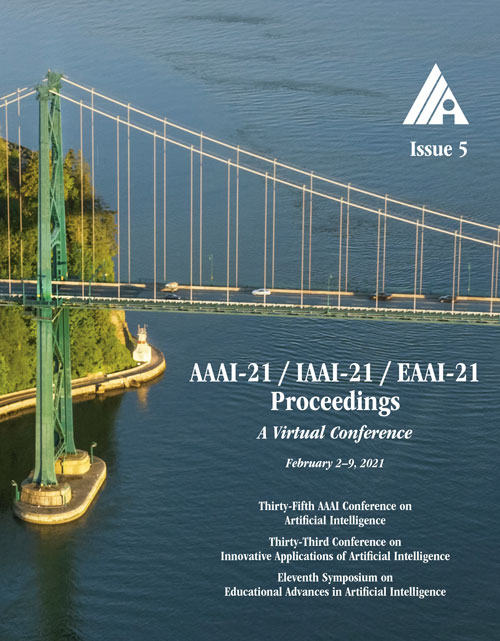Optimising Automatic Calibration of Electric Muscle Stimulation
DOI:
https://doi.org/10.1609/aaai.v35i5.16493Keywords:
Applications, Satisfiability, Human-Computer InteractionAbstract
Electrical Muscle Stimulation (EMS) has become a popular interaction technology in Human-Computer Interaction; allowing the computer to take direct control of the user's body. To date, however, the explorations have been limited to coarse, toy examples, due to the low resolution of achievable control. To increase this resolution, the EMS needs to increase significantly in complexity - using large numbers of electrodes in complex patterns. The calibration of such a system remains an unsolved challenge. We present a new SAT-based black-box calibration method, which requires no spatial information about muscular or electrode positioning. The method encodes domain knowledge and observations in a constraint model, and uses these to prune the space of feasible control signals. In a simulated environment we find this method can scale reliably to large arrays while requiring only a modest number of trials, and preliminary tests on real hardware show we can effectively calibrate an electrode array in a few minutes.Downloads
Published
2021-05-18
How to Cite
Gange, G., & Knibbe, J. (2021). Optimising Automatic Calibration of Electric Muscle Stimulation. Proceedings of the AAAI Conference on Artificial Intelligence, 35(5), 3759-3767. https://doi.org/10.1609/aaai.v35i5.16493
Issue
Section
AAAI Technical Track on Constraint Satisfaction and Optimization

